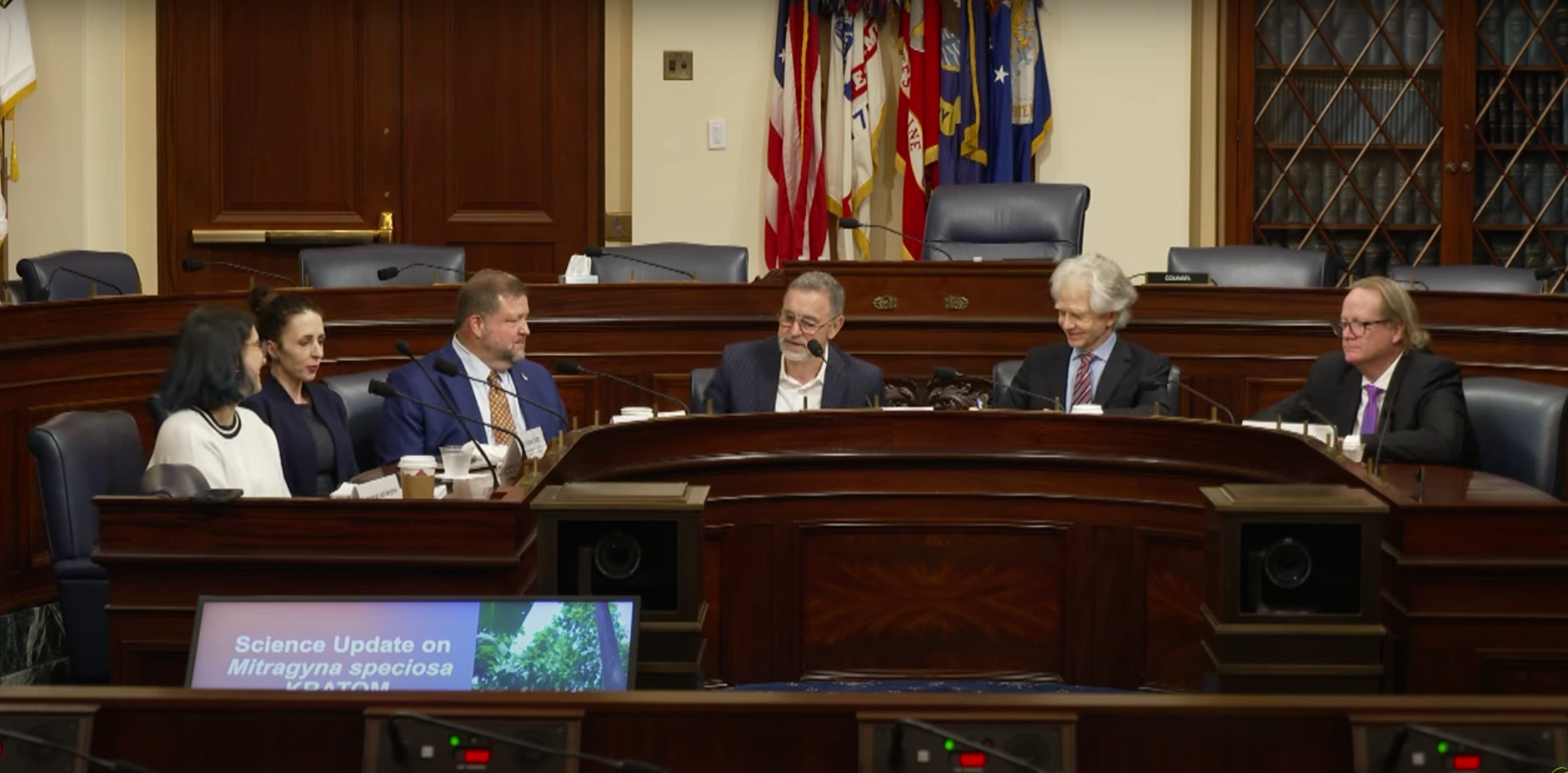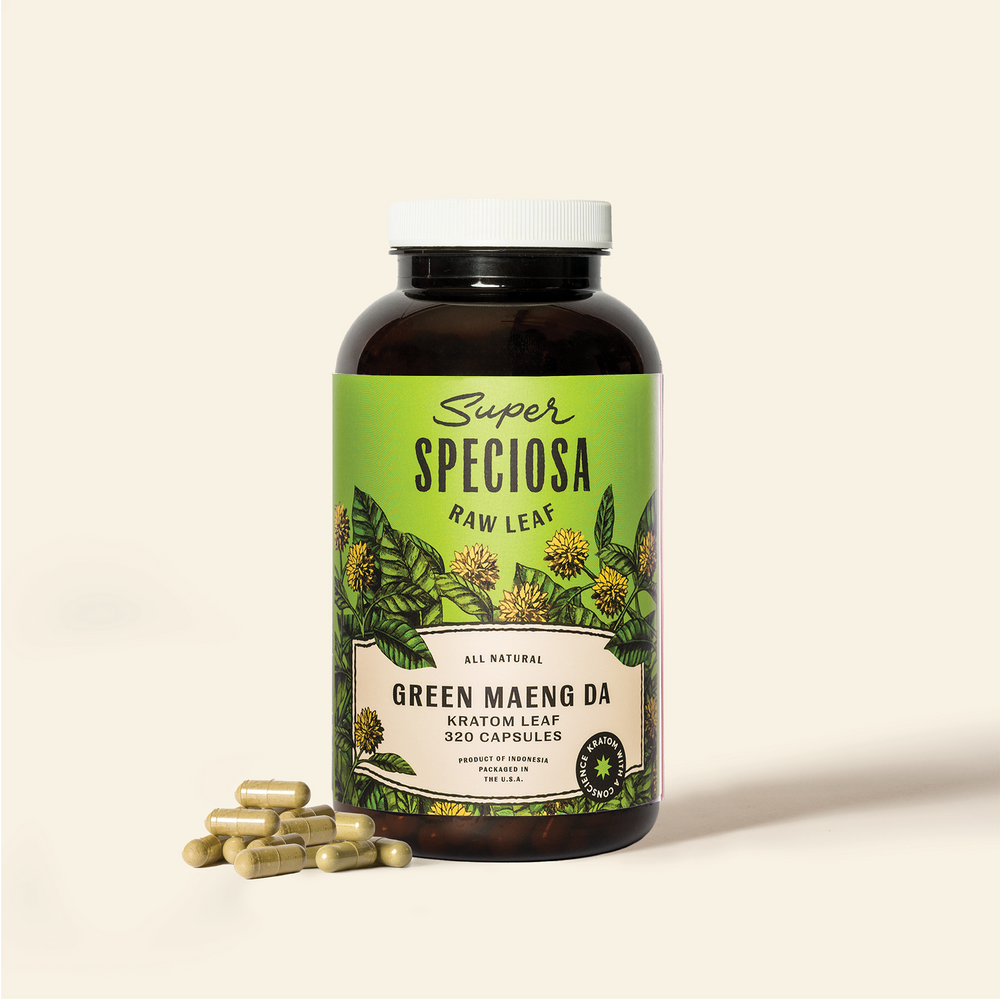Congressional Hearing Highlights Kratom’s Momentum Toward Normalization
CONGRESSIONAL HEARING HIGHLIGHTS KRATOM’S MOMENTUM TOWARD NORMALIZATION

An up-and-down relationship between kratom and the federal government reached new highs last month in the form of a hearing in the halls of Congress.
And based on the testimony of the gathered group of advocates, they have no plans on letting that momentum sputter out.
It’s been more than a year since versions of a Kratom Consumer Protection Act (KCPA) were introduced in both the U.S. Senate and House of Representatives. For the first time since those bills were introduced, and for the first time since money was allocated for research into kratom, members of Congress hosted a hearing on kratom at the Capitol on Sept. 20, 2024.
Rep. Mark Pocan (D-WI) formally introduced the bill, and his co-sponsor, Rep. Jack Bergman (R-MI), spoke to open the hearing about research and policy developments surrounding kratom. For Bergman, the hearing represented a chance for all of the elements of the kratom industry to begin the process of getting on the same page.
“There has to be significant input from the medical research community… from those who create the products, folks like us as members of congress… the point is, you don’t dictate,” Bergman said. “You work with others. You work with the FDA. You work with industry. This is all about with and together.”
The coalition Bergman was hinting at was on full display throughout the hearing, starting with a panel of research professionals who provided an update on the science surrounding kratom.
Painting a Data-Driven Picture of Kratom

First was Dr. Christopher McCurdy who was representing the research team at the University of Florida that recently partnered with the Food and Drug Administration (FDA) for a groundbreaking study on kratom’s adverse effects. McCurdy laid out the journey from the government trying to take action against kratom to the team at UF growing its own trees to study pure kratom leaf.
McCurdy said it’s been an exciting ride to see kratom go from being sized up for scheduling to eventually receiving $60 million in federal funding “because we saw potential, even back then.” Now, on the heels of an FDA-sponsored study and with more on the way, McCurdy said his team is finally on the precipice of providing the public with the answers they have been looking for.
“Our job as scientists is to find where all of these claims fall,” McCurdy said. “We know there is potential benefit from a medical standpoint but we know there is potential harm. Understanding where that line is is vitally important in making sure that this product is used properly and safely.”
After McCurdy, a trio of scientists took up the task of explaining the available data on kratom from a variety of perspectives.
Dr. Kirsten Smith, a researcher from Johns Hopkins University, set the stage by displaying her research and data discovered during a study sponsored by the National Institute on Drug Abuse (NIDA). Among other aspects of kratom use, Smith’s studies have examined how and why consumers choose/use kratom. Like the previous presentation, Smith’s anecdotes and data showed that most kratom users take the supplement as part of a daily routine–not to seek out a euphoric high.
That’s contrary to what most governing bodies/law enforcement have claimed when discussing kratom, and Smith had the data to back it up. Most kratom users reported in her study that they took kratom throughout the day, rather than at night time or in social settings. The users who reported that they took kratom “to try and get high” were so few that they did not even make the chart.
Charting a Course Forward
Smith’s comments set a practical backdrop for a presentation from Dr. Jack Henningfield, another researcher who works with Johns Hopkins and has a history of working with and for federal regulators.
According to Henningfield, the true issue with kratom is that the FDA was “late to the game” and started with a heavy hand instead of figuring out the regulation as more science became available. Now that data and studies are available, Henningfield said early indications show that the right course of action is to maintain access to kratom while the FDA figures out the best practices.
“You don’t take the life preserver away from someone who is drowning because it isn’t Coast Guard approved,” Henningfield said.
Instead of fighting the FDA, Henningfield said advocates for kratom would be better suited to work with the agency that is the “best in the world” at establishing a regulatory framework for supplements on the market.
Dr. Edward Boyer presented the final pieces of the puzzle and used his experience as a medical toxicologist at The Ohio State University to speak to the safety profile of kratom. Boyer’s background as a chemist was on display as he talked about the science behind seizures and serious events.
When it came to the topic of respiratory depression, which is linked to opioid overdoses, Boyer put the available science into terms that could change the discussion. Animal studies conducted by NIDA have indicated that kratom does not carry a risk of respiratory depression–Boyer explained that the chemistry suggests a similar conclusion.

The final group of presenters were advocates and kratom consumers, who shared their stories with kratom and urged lawmakers to consider a federal KCPA. A pair of veterans told their story of how kratom became part of a healthy daily routine. A pain patient talked about how kratom had helped them develop a lifestyle where they could enjoy simple pleasures like taking their grandkids to the zoo.
Finally, a registered nurse and kratom consumer talked about how kratom had become a vital part of her daily routine. For her, and her husband who was a public servant in Wisconsin, that meant maintaining a residence in multiple states to avoid the kratom ban in her home state.
All of the kratom consumers shared the same message with Bergman: It’s time for federal legislation and protection of kratom.
The hearing was the first formal step for both versions of the KCPA currently introduced in Congress. While there is no concrete path forward for either bill, Bergman was adamant in his introduction that he believes a coalition of interested parties can help keep the conversation about kratom moving in the right direction.
“Just know you have advocates with you in the elected space,” he said “You’re already involved in better outcomes.”





